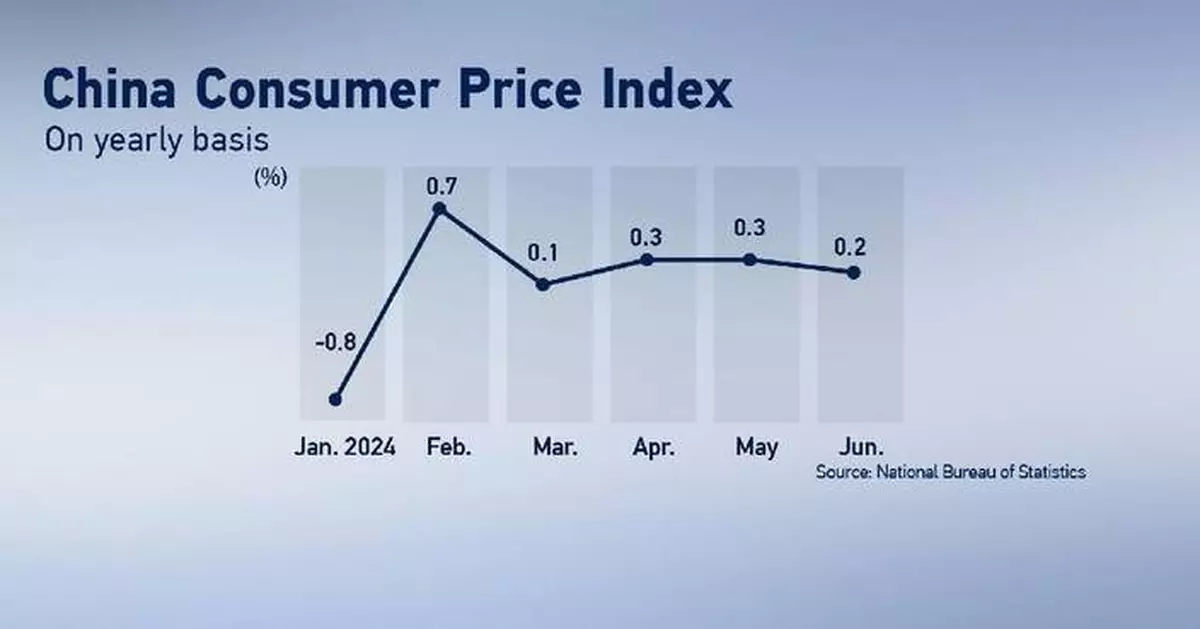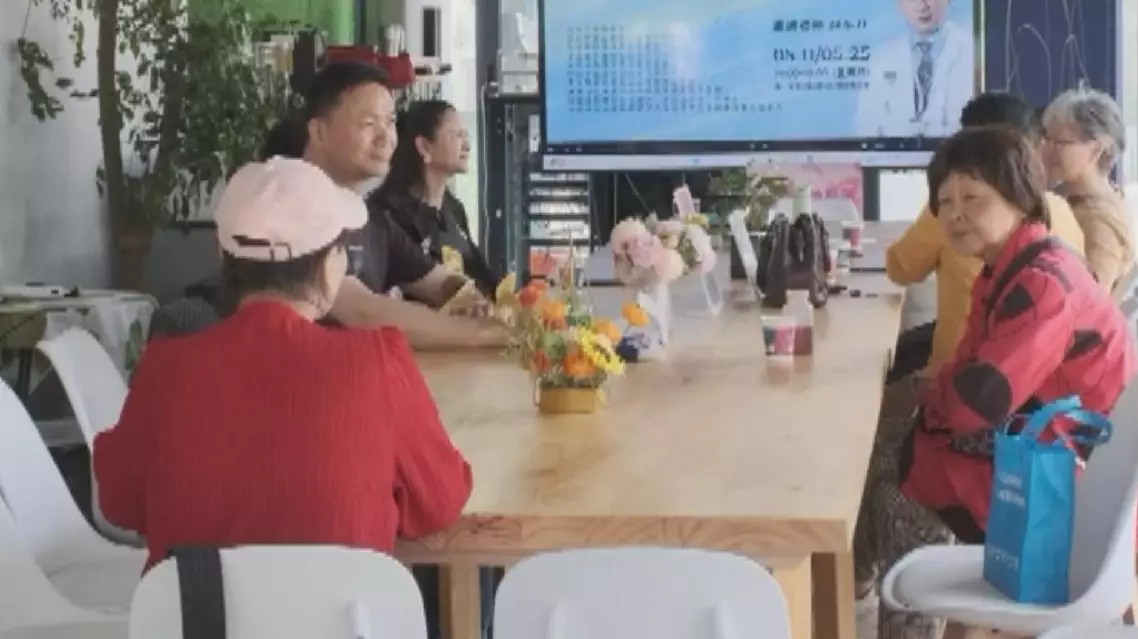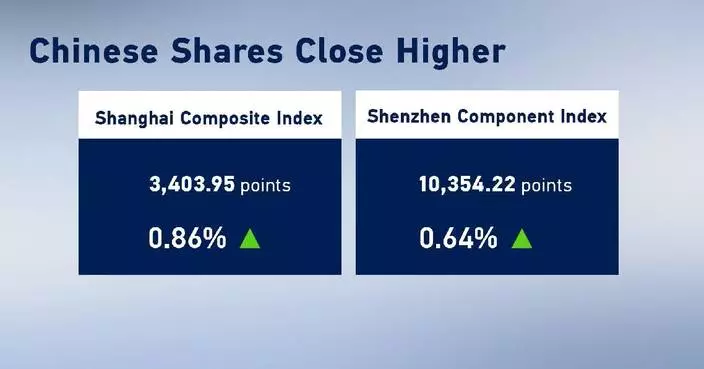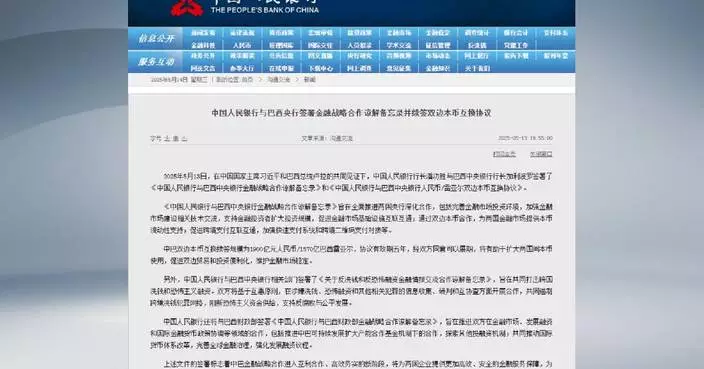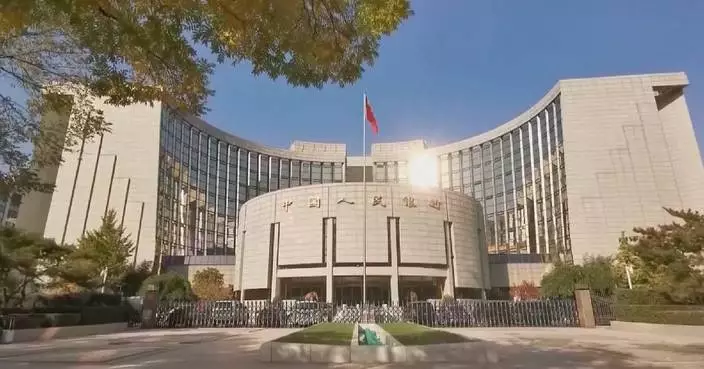China's consumer price index (CPI), a main gauge of inflation, went up 0.1 percent year on year in the January-June period, while the country's producer price index (PPI), which measures costs for goods at the factory gate, fell 2.1 percent, official data showed Wednesday.
According to the National Bureau of Statistics (NBS), China's consumer prices have grown for the fifth straight month. The warming consumer sentiment continues to drive domestic demand, while the deflation in factory gate prices continues to narrow.
The CPI in the second quarter rose 0.3 percent, up 0.3 percentage points from the first quarter, the NBS said.
In June alone, the CPI was up 0.2 percent year on year, which is slightly lower than the 0.3 percent increase in May. The core CPI deducting food and energy prices went up 0.6 percent.
Food prices fell significantly in June due to a seasonal increase in supply and smooth connection between production and sales. Among non-food prices, prices of automobiles, household appliances, and durable consumer goods for entertainment dropped due to factors such as promotion events. "In the first half of the year, the prices of food decreased and those of energy and services climbed. The rise in energy prices and the upward fluctuation of international oil prices led to a cumulative increase of nearly 4 percent in domestic gasoline and diesel prices in the first half of the year, and brought up China's CPI by 0.3 percentage points compared with the second half of last year," said He Xiaoying, deputy director of the analysis division at the Price Monitoring Center under the the National Development and Reform Commission.
Meanwhile, the PPI was down 0.8 percent in June, which was a much smaller annual decrease compared to the past few months due to recoveries in mining and food processing sectors.
"Affected by seasonal and imported factors, the prices of different industries were mixed in the first half of the year. As macro policies continue to take effect and demand for goods and services continues to recover, the overall price will maintain a moderate recovery trend," said He.
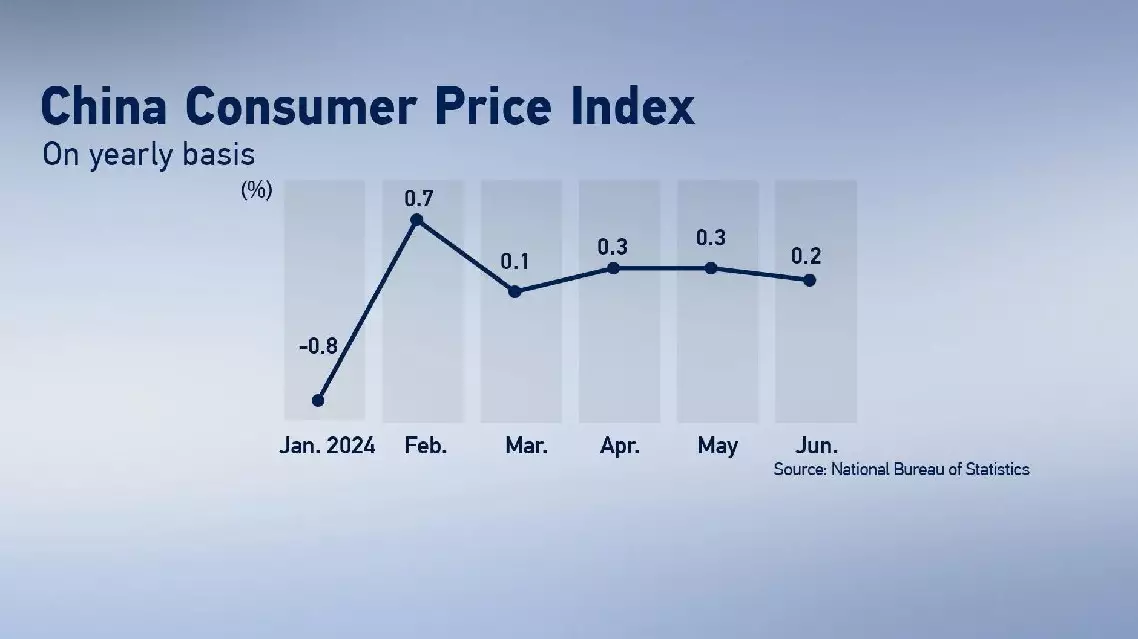
China's CPI up 0.1 pct, PPI down 2.1 pct in January -June period
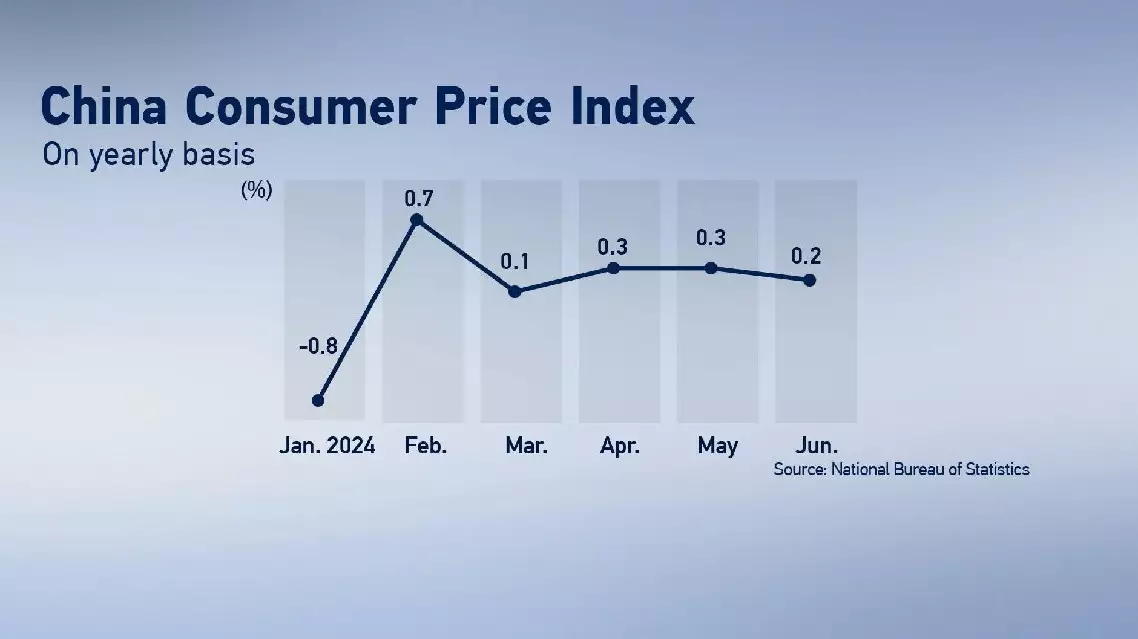
China's CPI up 0.1 pct, PPI down 2.1 pct in January -June period
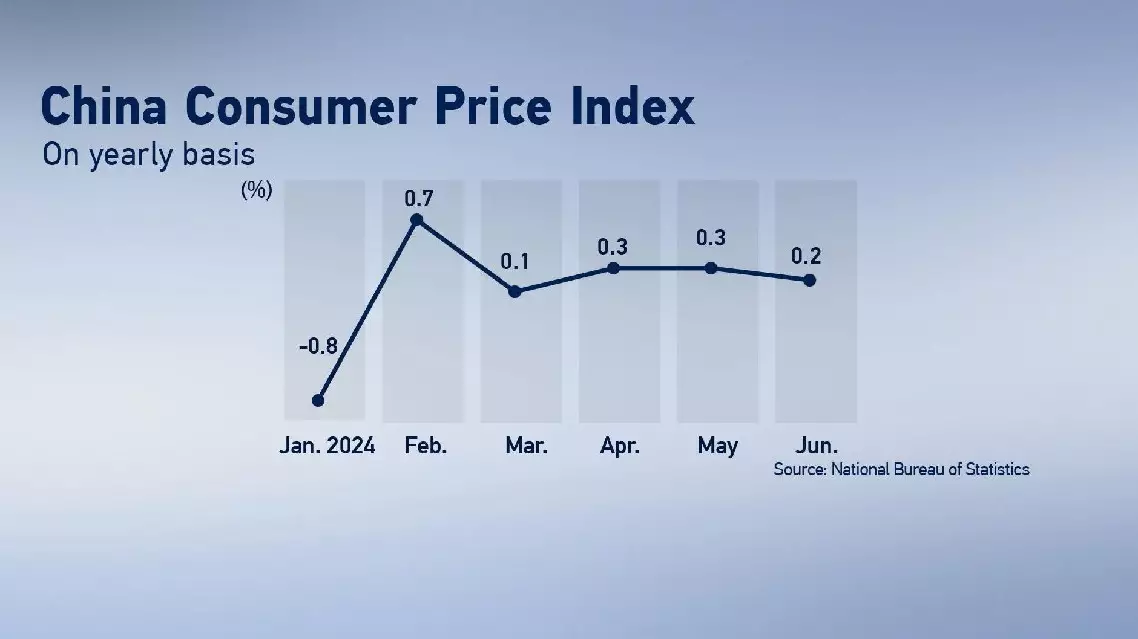
China's CPI up 0.1 pct, PPI down 2.1 pct in January -June period


